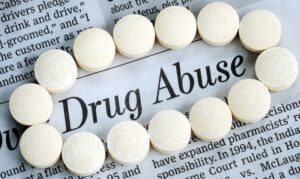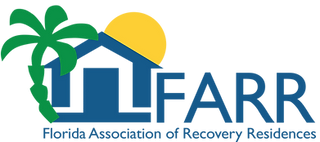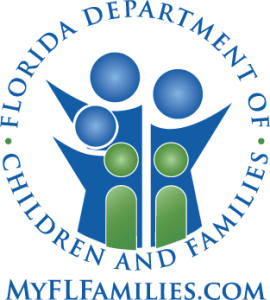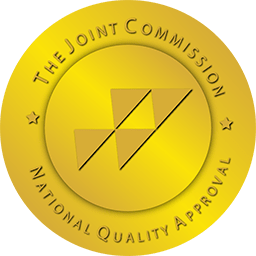Statistics about drug abuse have the potential to reveal how many adverse impacts substances are having on society. As we gain more of an understanding of the damage these substances bring to the table, it becomes easier to see how harmful drugs are to ourselves, our communities, and our societies.
Several goals persist with statistics showing the damage of drug abuse. For starters, it’s possible to determine the drug of choice in different age groups. Furthermore, we can find the rate of relapse following treatment, as well as the education levels among those abusing drugs. This information acts as a guide for drug policymakers to help them determine the most effective prevention and addiction treatment programs to promote a healthier, safer society.
 These statistics regarding drug abuse can also reveal a lot for someone who is currently abusing substances. Knowing the damage these substances cause and understanding what will happen through the continued use of drugs acts as an excellent deterrent. Even if just one person gets and stays clean as the result of reading these drug abuse statistics, the information in this article has been proven immensely valuable.
These statistics regarding drug abuse can also reveal a lot for someone who is currently abusing substances. Knowing the damage these substances cause and understanding what will happen through the continued use of drugs acts as an excellent deterrent. Even if just one person gets and stays clean as the result of reading these drug abuse statistics, the information in this article has been proven immensely valuable.
If you or a loved one need help avoiding becoming a part of these statistics call 1-800-626-1980.
Your call could save a life.
Quick Drug Addiction Facts
- Nearly 74% of the adults who find themselves addicted to one or more substances in 2017 have also dealt with an alcohol use disorder.
- During 2017, 1 in 8 adults was coping with co-occurring alcohol and drug use disorders.
- 2017 also saw 8.5 million American adults suffering from co-occurring mental health disorder and substance use disorder.
- Approximately 38% of adults were fighting an illicit drug use disorder in 2017.
- Between 40% and 60% of the risk of addiction is based on genetics and the impact of one’s environment on the expression of genes.
- Other populations have a lower risk of drug use and addiction when compared to teenagers and individuals who have mental health disorders.
- Chaotic home environment and abuse, peer influences, community attitude towards drugs, poor academic achievement, and parental drug use and attitude towards drugs are environmental factors that can increase one’s risk of becoming addicted to substances.
- Overdoses from painkillers are more common than the numbers of overdoses caused by heroin and cocaine combined.
- More than half of prescription drug abusers are getting them from a relative or friends.
- The number of people getting treatment for addiction to sedatives and painkillers has more than doubled since 2002.
Age & Addiction Facts
Adolescent Drug Facts (Ages 12-17):
- Around 4% of Americans aged 12 to 17 were coping with a substance use disorder.
- Nearly 741,000 adolescents were addicted to illicit drugs in 2017.
- Approximately 443,000 adolescents were suffering from an alcohol use disorder in 2017.
Young Adult Drug Statistics (Ages 18-25):
- Around 2.5 million young adults were addicted to illicit drugs in 2017.
- Approximately 3.4 million young adults were suffering from an alcohol use disorder during 2017.
- Nearly 5.1 million young adults have been dealing with a substance abuse disorder throughout 2017.
- The heroin use among young adults has risen 100% over the last ten years.
Adult Statistics For Drug Abuse (Over 26):
- Around 10.6 million adults suffered from an alcohol use disorder during 2017.
- Nearly 4.3 million adults were dealing with an illicit drug disorder during 2017.
- It’s estimated that 13.6 million adults dealt with a substance use disorder during 2017.
Drug Abuse Among The Elderly
- 2017 had over 1 million people over the age of 65 addicted to substances.
- Around 978,000 of the elderly had an alcohol use disorder, and around 93,000 were addicted to illicit substances during 2017.
- Over 20% of elderly people who have a substance use disorder have a co-occurring mental health disorder as well.
Drug Abuse Cost Statistics
Drug abuse costs society billions every year. Between abusing tobacco, prescription drugs, alcohol, and illicit drugs, the United States is spending around $137 billion in annual direct health care expenses.
Estimates regarding the cost of drug abuse, crime, and the loss in work productivity are in excess of $600 billion, or over 17% of the U.S. federal budget for spending.
Emergency Room Visits
With almost 4.6 million ER visits relating to drugs in 2009, it’s easy to see how common it is for substance abuse to put one in the hospital. Although half of these visits were the result of pharmaceuticals being ingested as prescribed by doctors, around 45% of these visits happened due to drug abuse.
The 2.1 million ER visits occurring as a result of substance abuse are comprised of the following:
- 32% were the result of alcohol or alcohol combined with drugs.
- 27.1% were due to the non-medical use/abuse of pharmaceutical drugs.
- 21.2% were related to illicit drug use.
While public health efforts have significantly aided in the reduction of ER visits relating to drug use, the ER visits resulting from the misuse or abuse of prescription drugs is on the rise. With this being the case, prescription drugs are the leading culprit of ER visit substance abuse or misuse statistics.
Substance Abuse Overdose Statistics
More people are dying from prescribed opioids each year than all of the illegal drugs together. With legal access paired with the trust people have in their doctors’ opinions, prescription drug abuse is the biggest substance abuse epidemic in the U.S.
Overdoses on prescription drugs are the top cause of drug overdose deaths in the U.S. Of the 33,175 unintentional drug overdoses happening in 2012, 53% were caused by pharmaceutical use. Over 70% of these deaths were the result of opioids.
Need help from the top drug rehab in Florida? Take the first step towards a better transition of yourself. If you or someone you love need assistance seeking treatment, please contact us today by calling 1-800-626-1980.

















